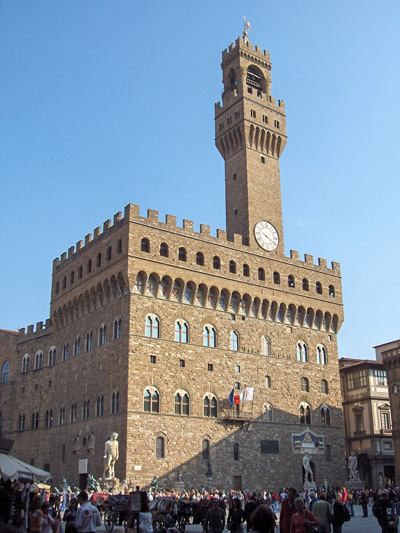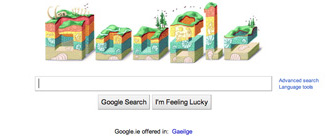Nicolas Steno
Today’s Google Doodle is a colourful dash to celebrate the birthday of the Danish-born Nicolas Steno, a scientist who was a pioneer in the fields of anatomy and geology. He’s often termed the father of geology and stratigraphy.
The stylised Google logo on Google’s homepage in honour of Steno is made up to resemble layers of the Earth’s crust.
Steno, (known as Niels Stensen in Danish), was born to a wealthy Lutheran family in Copenhagen on 11 January 1638, according to New Style (N.S.) dates. His father was a goldsmith who often did work for King Christian IV of Denmark.
He studied medicine in Copenhagen, Leiden and Amsterdam. Focusing his studies on the lymphatic system, Steno is accredited with having discovered the excretory duct of the parotid salivary gland. It’s today known as ‘Stensen’s duct’.
He then travelled in France, Austria and Hungary. Following that Steno became physician to the Grand Duke, Ferdinando II de’ Medici, in Florence, Italy where he lived at the Palazzo Vecchio in Piazza della Signoria, a piazza renowned for its outdoor sculptures. Incidentally, the Palazzo Vecchio was made famous when it was used for part of the shooting of the film Hannibel in 2001.

The Palazzo Vecchio in Piazza della Signora, Florence, Italy, where Steno resided
In Florence, the Grand Duke gave Steno the freedom to pursue his interests and asked him to compile a ‘Cabinet of Curiosities’, based on his studies. It was in 1666 that Steno dissected the head of a shark that was caught near Livorno. His findings were published in 1667. He concluded that fossil teeth were the same as shark teeth. He also used geometry to show that a contracting muscle changes its shape but not its volume.
Steno then began intensive geological study and travel in Tuscany, visiting quarries, caves and mines. For instance he studied the Carrara marble in the Apennine Mountains, near the town of Lucca.

Today’s Google Doodle
Geological masterpiece
He converted to Catholicism in 1667. It was in 1668 that Steno wrote what is now considered by many as his most important work, and a geological masterpiece: De Solido Intra Solidium Naturaliter Contento Dissertationis Prodromus.
Steno abandoned geology after only three years and returned to Denmark, at the King’s request. He was professor of anatomy at the University of Copenhagen between 1672-74. However, he then decided to return to Florence where he became tutor to the Grand Duke Cosimo III de’ Medici.
Steno became devoted to religious matters and became a priest in 1675, giving up science. He died at the age of 48 and was beatified by Pope John Paul II in 1988.
His remains rest in the Capella Stenoniana in the Basilica di San Lorenzo in Florence.